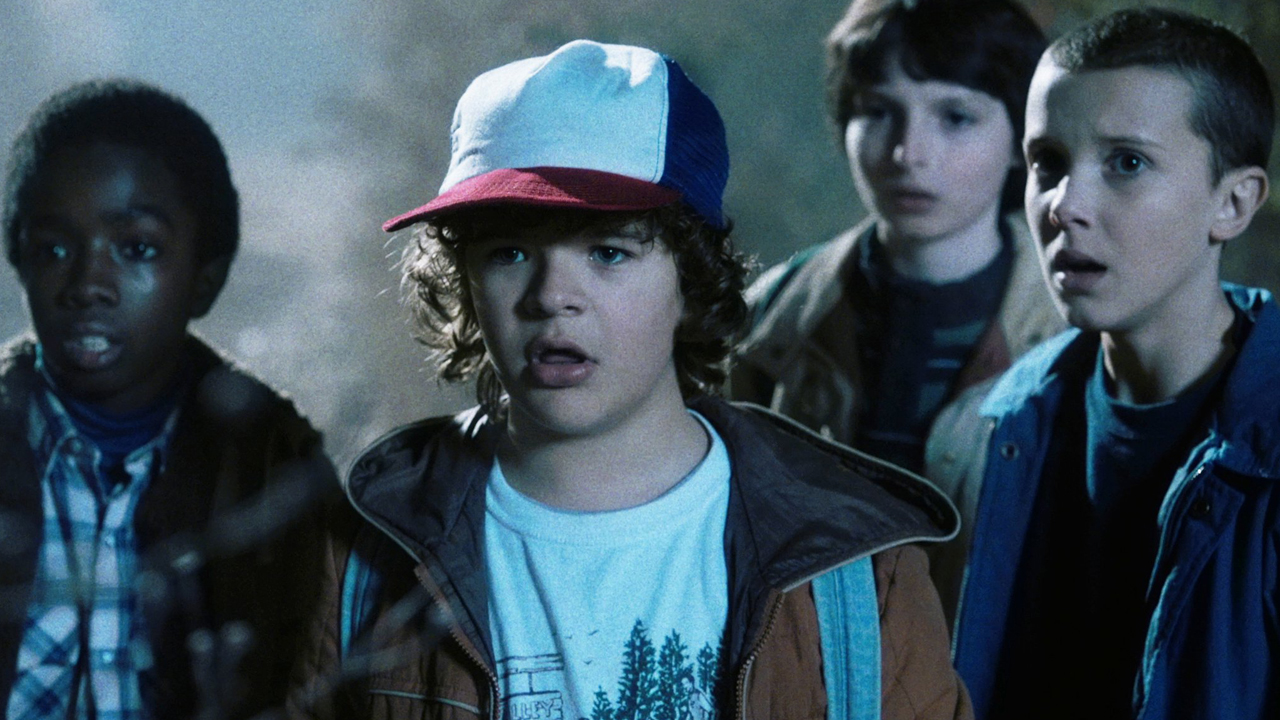Why you can trust GamesRadar+
“Why are you keeping this curiosity-door locked?”, demands a mock-exasperated Dustin toward the end of Stranger Things’ run. It’s a wonderful, small moment, in a show built equally of the sweeping and the intricate. Dustin, although only around 12 years old, seems fully aware of the forthright silliness of his wording, just as he is confident of its unassailability as an argument to a trusted, benevolent science mentor. It’s playful, but it’s smart. It’s whimsical, but it’s insightful and realistic. It encapsulates confident, youthful self-belief triumphing over ‘safer’, middle-aged doubt. It encapsulates a lot of what Stranger Things is about. But crucially, it emphasises the importance of opening that door, implicitly comparing the strength of those who do against the lesser capability of the unwilling.
Taking place in late-November Indiana, 1983, Stranger Things’ setting is as much its fabric as it is its scenario, the Duffer Brothers’ Netflix series as much of the ‘80s as it is a depiction of the decade, built upon the pantheon of Spielbergian, Cronenbergian, and Lynchian genre cinema – as well as no small amount of Stephen King – with deft understanding and a vast amount of honesty. The accuracy with which Stranger Things recreates not just the body, but the soul of works like E.T., The Goonies, The Gate, Scanners and IT goes beyond any simple observation of visual style. It’s a work of creative empathy. This isn’t a mere tribute to ‘80s cinema – though the nostalgic will find that an immediately entrancing hook – so much as it is a legitimate piece of the tradition, made 30 years after the initial surge.
Because Stranger Things isn’t cynically concerned with gimmicks or surface tropes. Rather, it understands the grammar and the texture of ‘80s genre storytelling, and recreates their value with such tonal perfection that – to those who were around at the time – it won’t even feel like a period piece, but rather a contemporary work from a present that just happened to be lived three decades past.
Not that any of this should be a barrier of entry to those who missed the period. Stranger Things’ true quality comes from its preoccupation with the decade’s approach to character and commentary, adventure, horror, friendship and warmth. It understands the very human themes and conceits in its chosen form of storytelling, and delivers them with honesty and a total refusal of irony. Recreated as faithfully as they are here, all of these things are as powerful, resonant, and important as they ever were.
A small-town tale of mystery, loss, resilience, otherworldly threat, and above all humanity, Stranger Things sees several disparate groups – starting with a typically Spielbergian bunch of excitable nerd kids – variously drawn into a wider, darker world than they’ve ever known before, and forced to define themselves by how they choose to explore it and overcome its dangers. Or not. Something is very wrong in the town of Hawkins. A lab on the outskirts carries out its work in isolation from the community, unquestioned and unchecked, as it has done for years. Something unknown moves in the woods running through and around the town. And a new resident is about to appear, bringing a unique set of promises and perils all of her own.
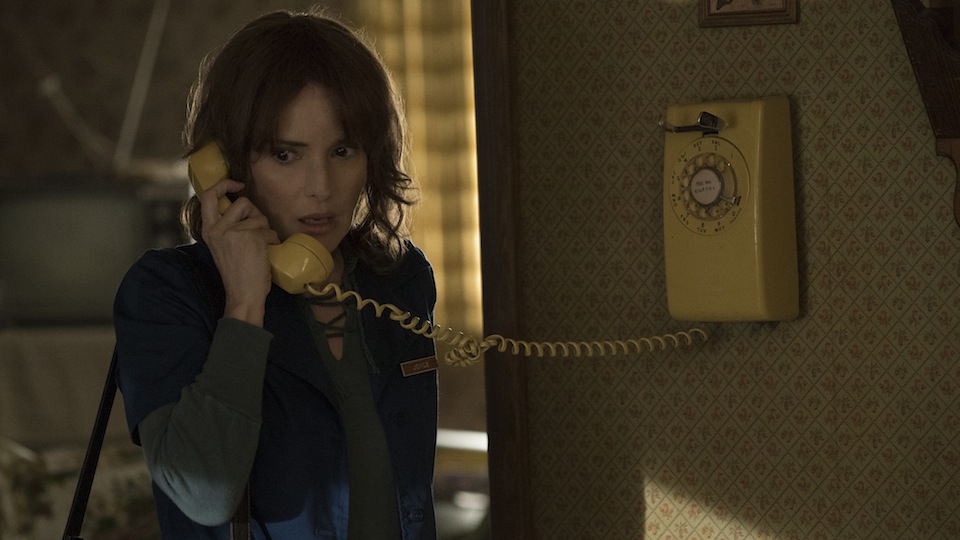
A spiralling, multi-layered nightmare is about to begin, one which will affect everyone it touches differently, drawing out their best and worst, and leaving each individual (and the town as a whole) changed and changed again on an day-by-day basis. And it starts – as it so often does – with a missing child.
I’ll go no further into plot specifics than that, as a cold watch really is the best way to enjoy Stranger Things. And besides, the most important thing to know does not relate to the show’s specifics, but its nature. Its treatment of its horror is not about set-piece adrenaline shocks and pornographic cheap thrills, but the slow-burn, all pervading effect it has on the lives it invades, whether directly or by insidious erosion. Not that Stranger Things is a slow-paced or uneventful show. It couldn’t be less so.
The realisation of the horrific and the alien is always stark, and as emotionally arresting as it is visually troubling. And the show’s tone and pacing – both relentless, yet carefully considered – ensure that not a scene is wasted. Stranger Things is relatively lean at eight, 50-minute episodes, but it’s also one of the most dense and purposeful shows Netflix has produced to date. It’s a series of ceaseless momentum, in which every episode builds and drives the whole, be that by way of plot development, character growth, thematic exploration, or more often than not, all three in tandem. As a season, it plays out as a perfectly-tuned three-act movie, spread out over four times the usual running time, but never stretched or padded.
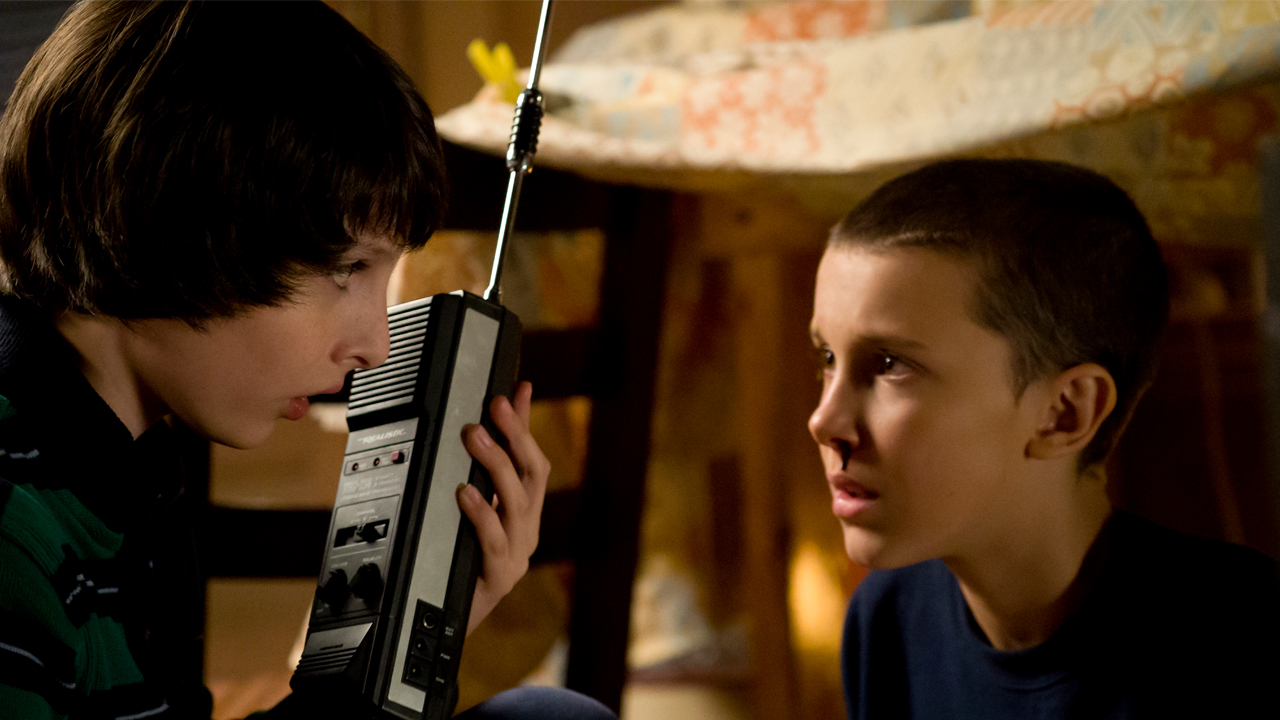
Instead, Stranger Things justifies its longer-form treatment by delivering a deeper, more nuanced look at the characters and archetypes familiar, but usually underexplored, in its ‘80s inspirations, those stalwart, supporting mainstays who underpin so many classic movies but never get a chance to live beyond their basic function. All the usual suspects are present and correct. The worn-down but stoic local police chief. The embattled single mother, hanging by a thread but fighting tooth and nail to hold things together for her kids, whether or not she truly understands the enormity of what’s happening around them. The hardened, teenage siblings on the verge of being lost to cynicism and conventional thought, but who might yet be turned around.
And of course, those kids, fringe outsiders by the very nature of who they are, yet wiser, more adventurous, and more assertive than anyone gives them credit for. They’re still young - genuinely kids rather than the proxy adults in small bodies we so often see written today - but they’re stronger than most by simple virtue of the open-minded passion and belligerent (yes) curiosity that their age gives them.
All inhabitants of Hawkins become more than their inspiration, the 30 year-old sketches that originated them elevated and explored to become something real and complete. Something that can deliver on their promise and delve into the weight of their journeys much more fully than was ever possible before. That the cast is so universally strong, every performance filled with faultless conviction – Winona Ryder’s unique, fragile intensity is particularly well-placed – secures Stranger Things as one of the best TV character-pieces in years.
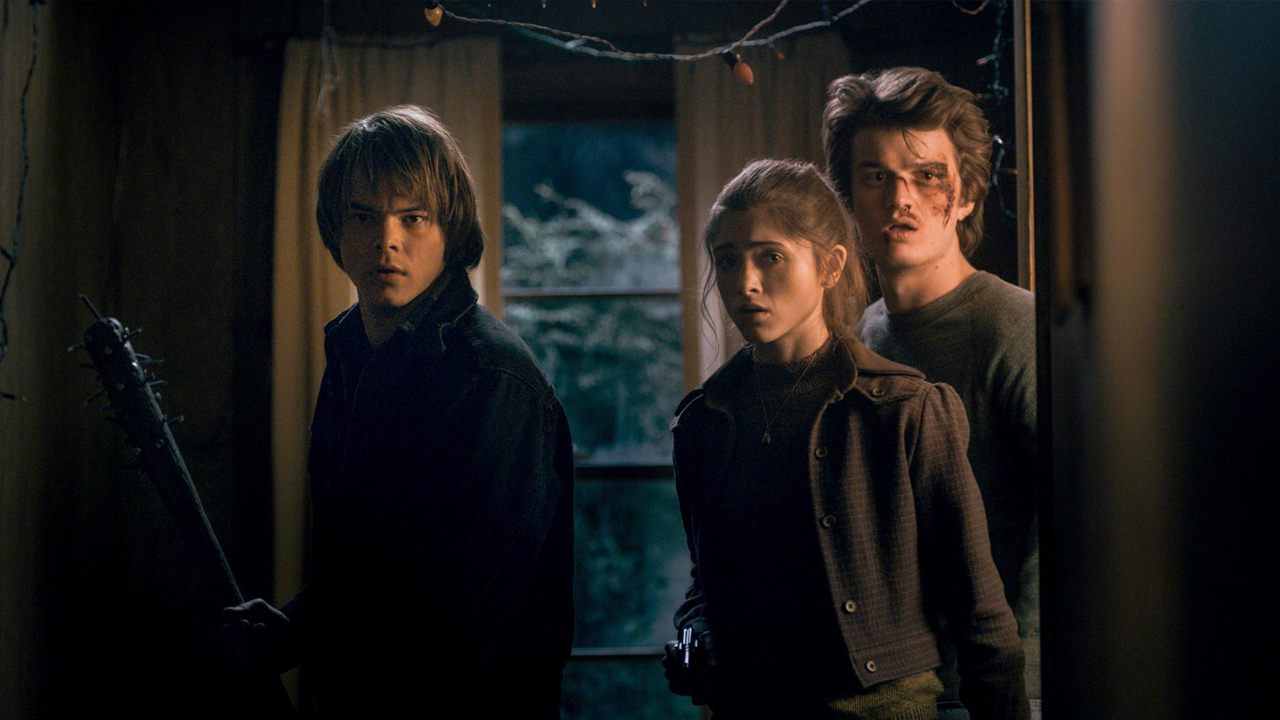
It’s by truly understanding the importance of these character tropes, and the depth of what they can express when treated with freedom and respect, that Stranger Things makes its fantastical drama such a powerful, real, and grounded experience. And it does so because – as is the case in all of the best genre fiction - reality is what Stranger Things’ fantasy is really about. The darkness lurking in the everyday, just a knife-edge away from normal life. And, as an inseparable mirror-image, the everyday wonder than exists in the seemingly mundane, clear and present to anyone with the inclination and – here it is again – curiosity to look.
It’s about Junior High School crusaders waging war on the night upon their BMX steeds. It’s about intimate moments of heroic camaraderie in the endless, empty no-man’s-land of the local woods. It’s about the cold, nightmare desolation of an empty high school corridor. It’s about soft, autumn light filtering through dirty windows, crystallising the dusty still-life of the kitchen at the heart of an empty family home.
On that note, Stranger Things’ visual direction is superb throughout. Again, not satisfied with regurgitating comfortable, well-worn images – though it makes a few, affectionate nods throughout its course – the show utilises aesthetic for truly powerful emotional resonance. One sequence in particular - featuring Ryder’s Joyce, an empty house, and a bounty of Christmas fairy lights - is especially affecting, evoking a goose-bumping sense of splendour-from-normality powerful enough to stand side by side with anything in Close Encounters or Poltergeist, but without for a second paying homage.
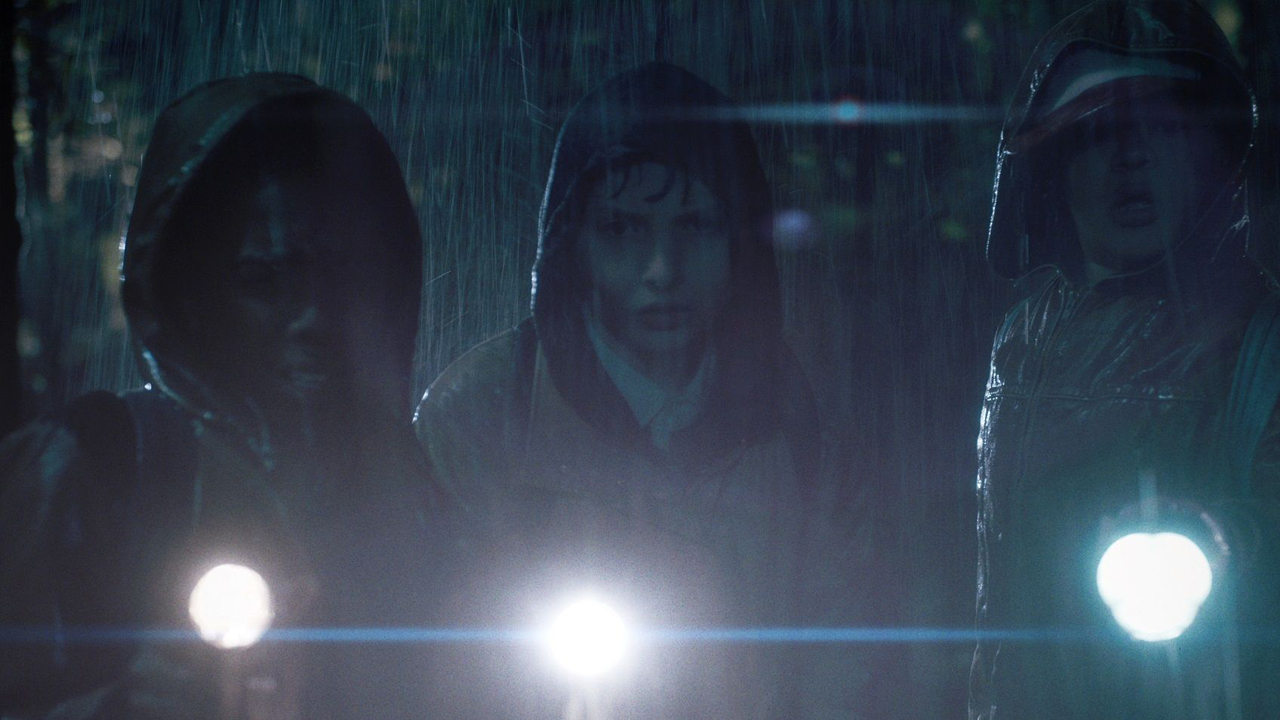
It’s the completeness of the series that will stay with you, after Stranger Things’ end. Not the nostalgia, not the John Carpenter posters on the bedroom walls, and certainly not the original ‘80s films from which the series makes its foundation. Because for all of its affectionate understanding of its period, Stranger Things is entirely its own work, one that riffs on the familiar while being unfamiliar, which takes what you know and makes it new, and entirely more powerful. Again, its substance and subject are in perfect tandem.
So open the curiosity door tonight. Walk straight through it, and - much like the various residents of Hawkins - you’ll find that you get very something special from the experience, whatever your age might be.

